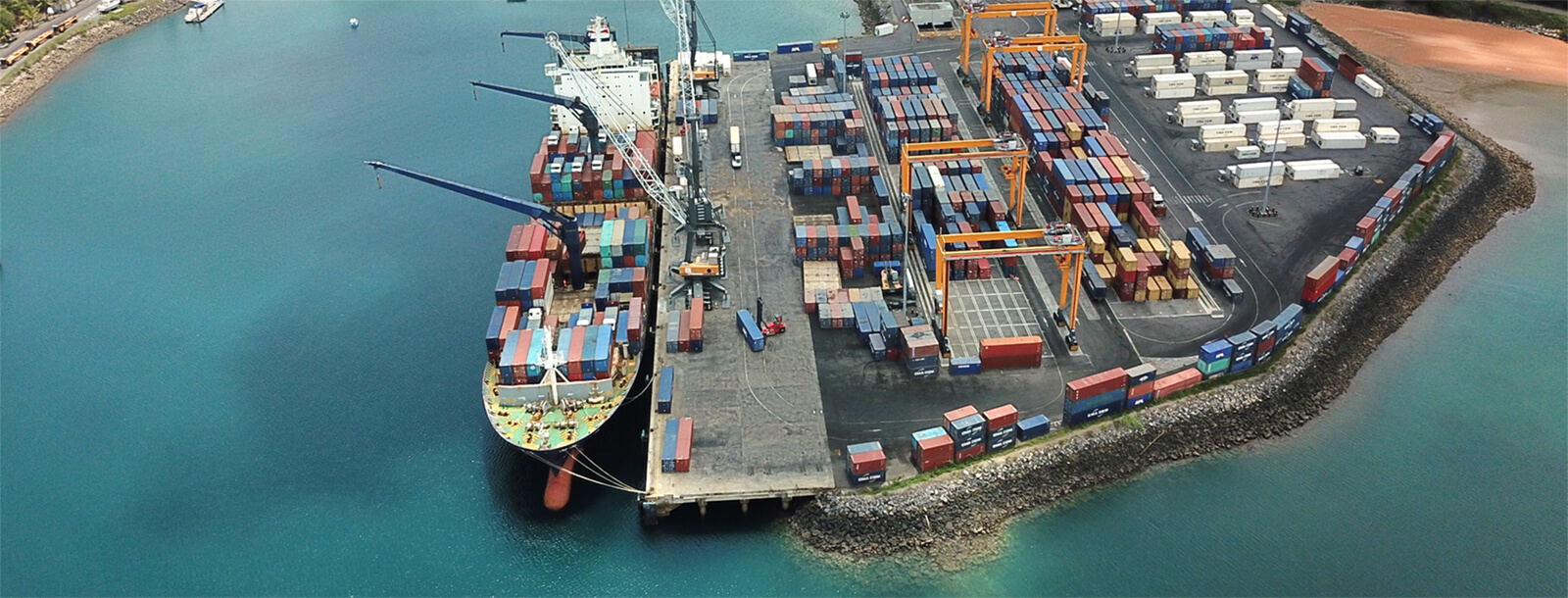The port of Longoni entered a new period and change generations since 2014.
First of all, the port was exclusively focused on the needs of Mayotte island, the 101 Department of France and European Region. Situated In a lagoon with no swells , stability and port security. The question is now to confirm a position as a reference in the market of the regional maritime traffic 300 miles from Africa in the Mozambique Channel.
Since the end of 2013, many transformations have been carried out and the investments have been very important. Each year the capacities of the logistics platforms and its fleet of new handling equipment. are improved. In 2015, the port was equipped with 3 mobile cranes and 3 additional cranes are expected in a few months to equip à new 330-meter-long quay. The ambition is to confirm the competitiveness of the port of Longoni, to accommodate more transhipments activity and to be a logistics port for the oil and gas industry in the region.
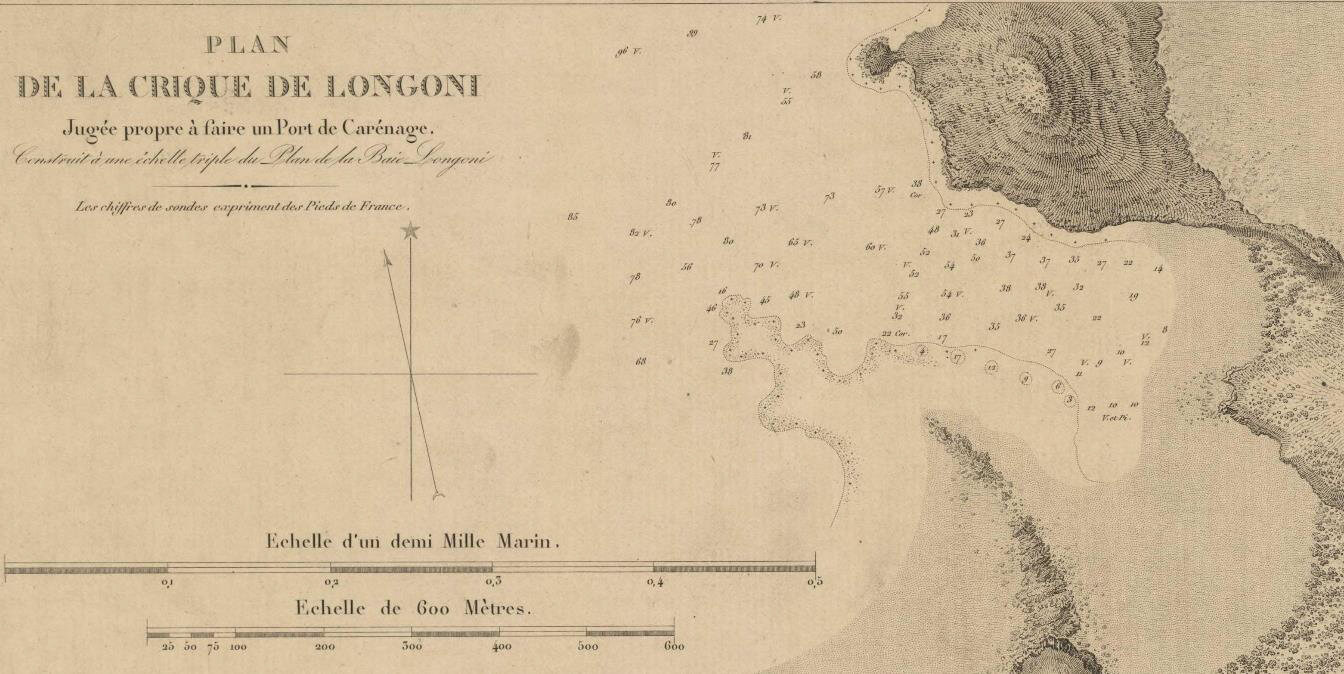
1841
Identification by French Navy…
Longoni, a natural deep water port whose exceptional qualities were identified by the French Navy in 1841.

1992
Quay 1
Until 1992, the island was supplied by small ships anchored in the Mamoudzou harbor to supply the oil station in Petite Terre, while a few barges reached the Mamoudzou jetty and, since 1984, a quay accessible at high tide was built by the equipment department for all other products.
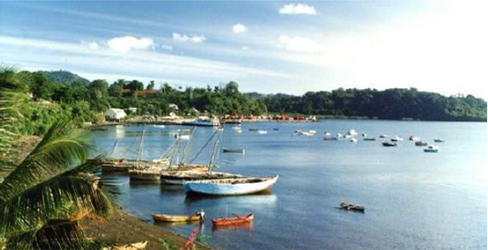
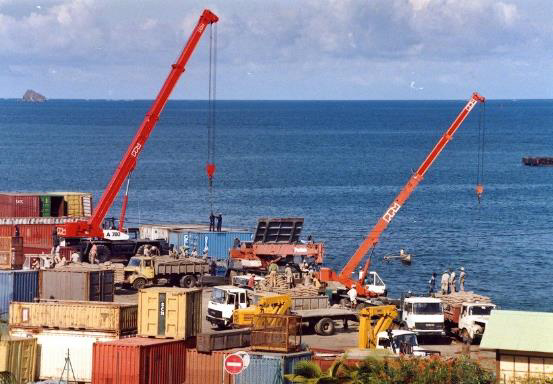
1981
the foundation stone
Although the foundation stone of the port of Longoni was laid in 1981, the construction work did not start until 1989 and the port was put into service in 1992. A 130 m long quay, a 9000 m² storage area, a 45 m long service quay and a 1800 m² bonded warehouse constitute the first port infrastructure in Mayotte worthy of the name. The role of the port of opening up will be fully played: the global traffic is 100 000 T in 1993, it will have almost tripled 12 years later, in 2005, so much so that it will soon be necessary to think of a second quay…
Construction work
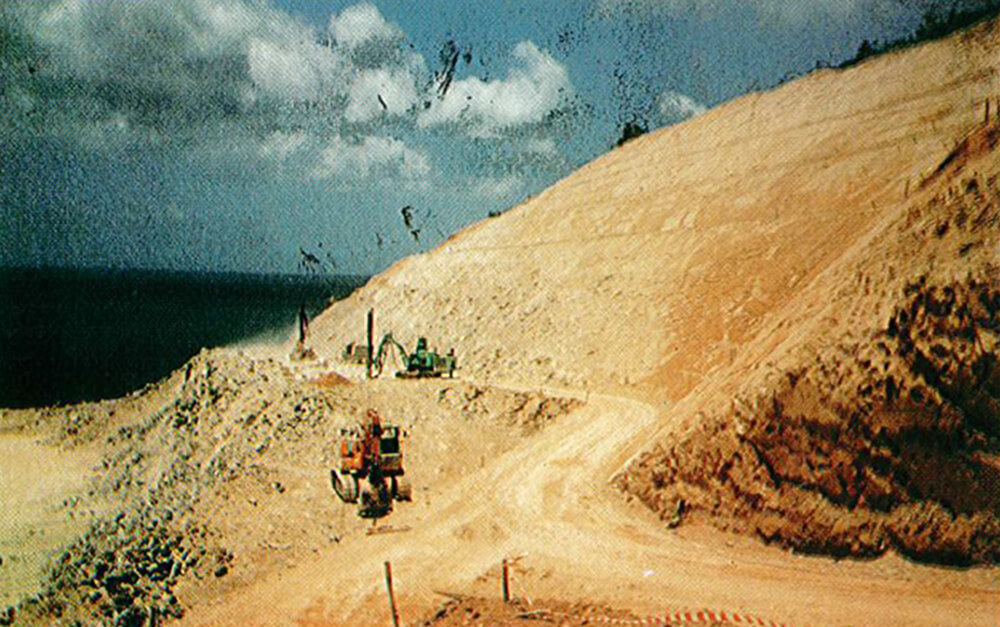
Earthworks:
160,000m3 of materials were extracted behind the quays to create 14,000 M2 of platforms. The loose spoil was used to backfill the administration area and the park on which the unloading shed and the garage workshop for the maintenance of handling equipment are built. The rocky spoil was used as rockfill and road materials
Construction of the quays:
the quays are made up of a concrete slab of 45cm thickness carried by a lattice of beams resting themselves on a network of metallic piles of 760 mm diameter. The main pier, with dimensions of 30×130 (3900m2), rests on 5 lines of 29 piles, while the secondary pier, with dimensions of 1 5×45 m, rests on 3 lines of 10 piles. The length of piles varies between 14 and 45m. In total, the construction site will have required the balancing of 4,600m of piles.
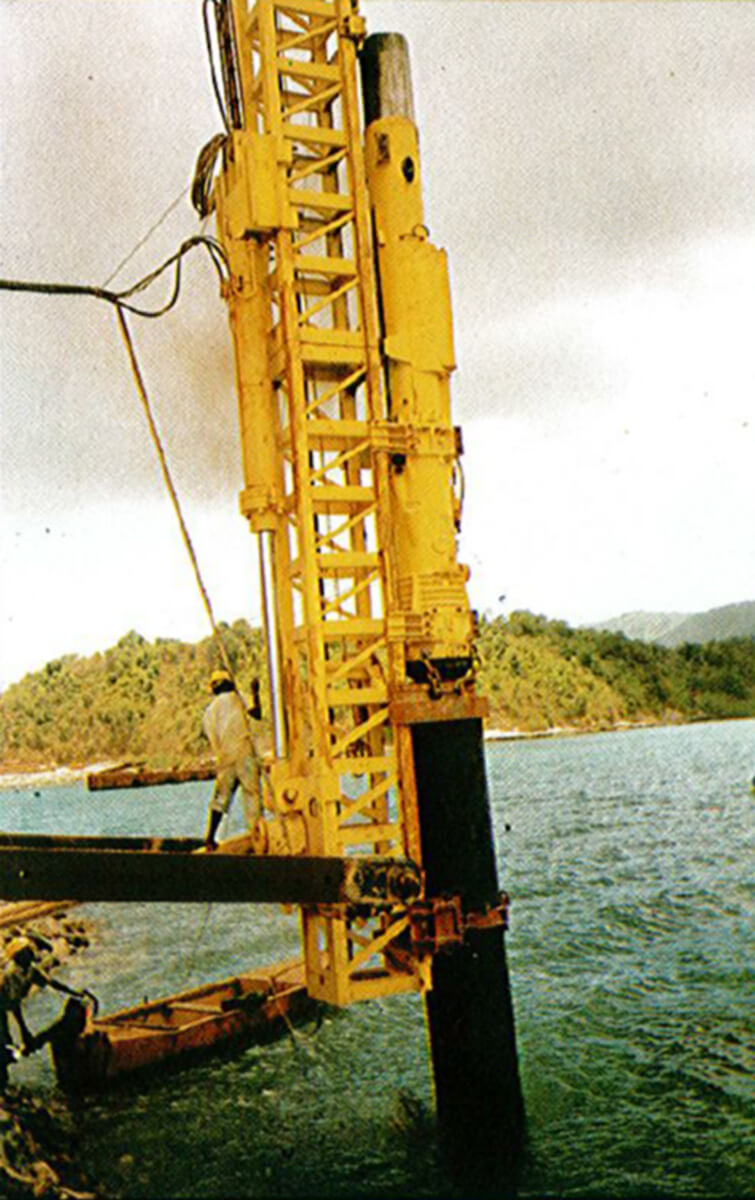
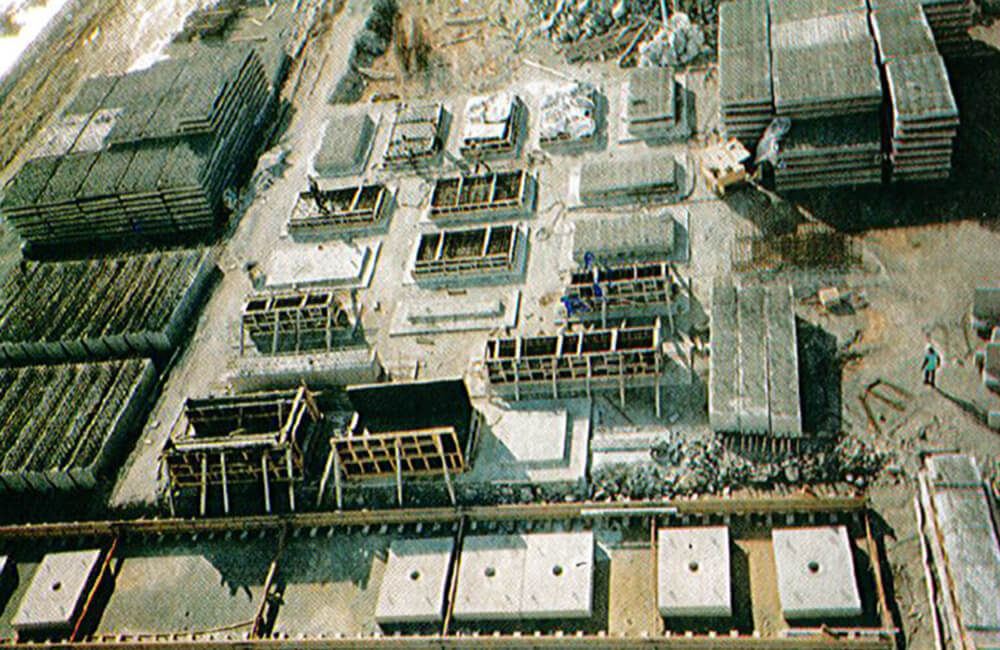
The construction of the upper concrete structure of the quays made extensive use of prefabrication, particularly for the beams and the predails. 7,000 M3 of concrete were poured on the site.
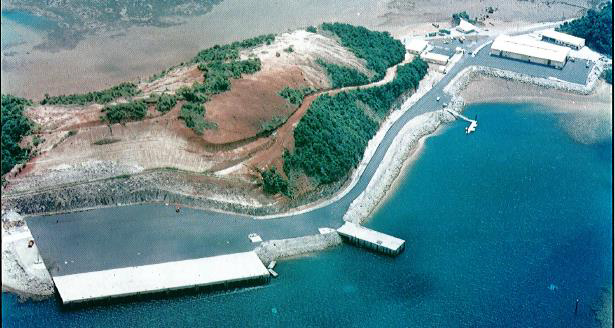
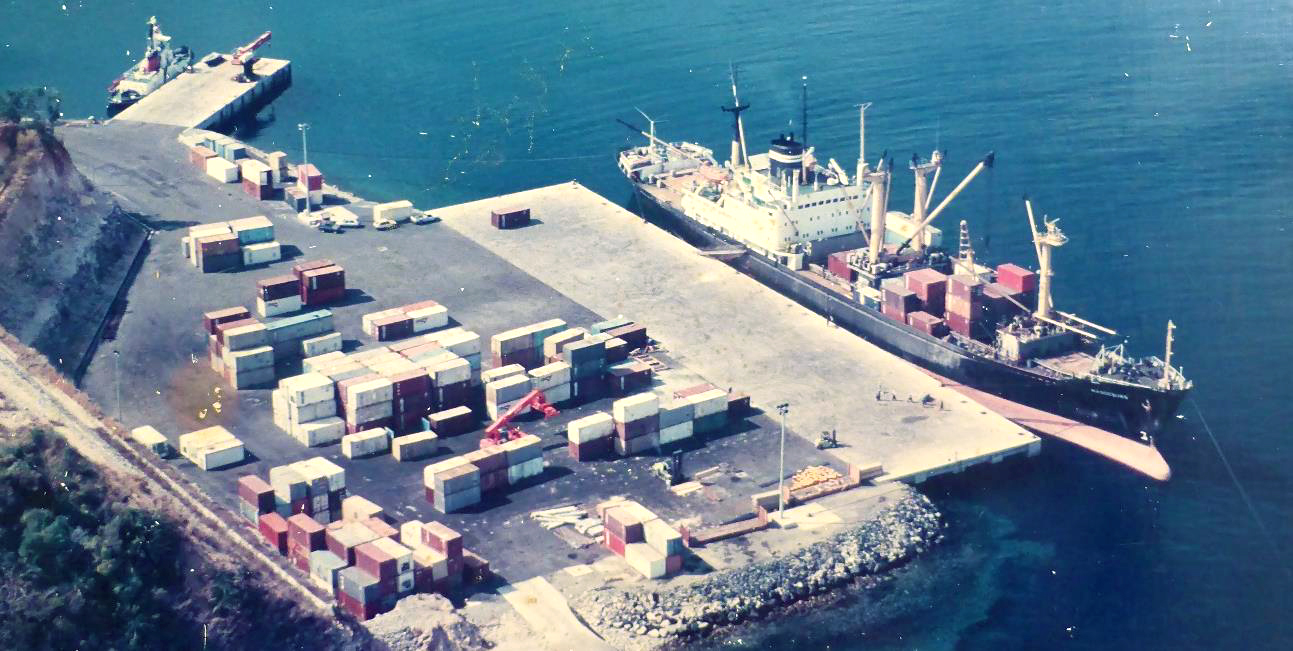
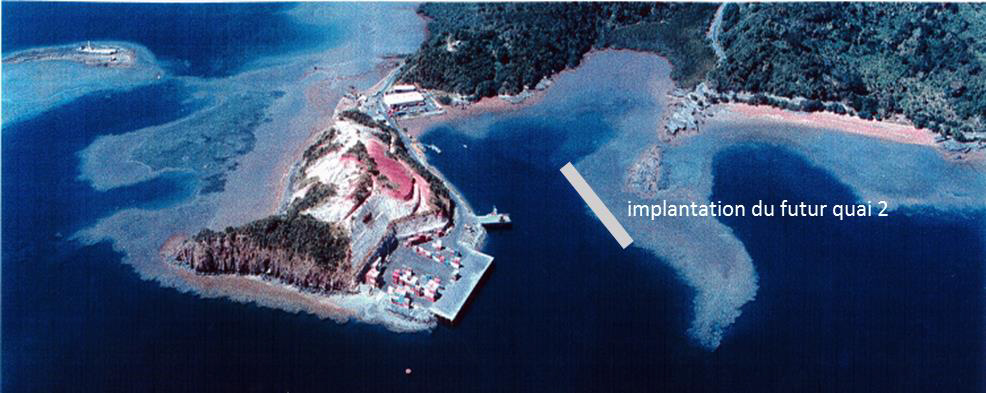
2010
Quay 2
After a huge construction project, Quay 2, 223 meters long, with a draught of 14 meters and a 5-hectare logistics zone, was delivered to the port in 2010. It will make it possible to support the increase in imports and to move into the transshipment sector: three years later, traffic will have increased sevenfold since the port was created.

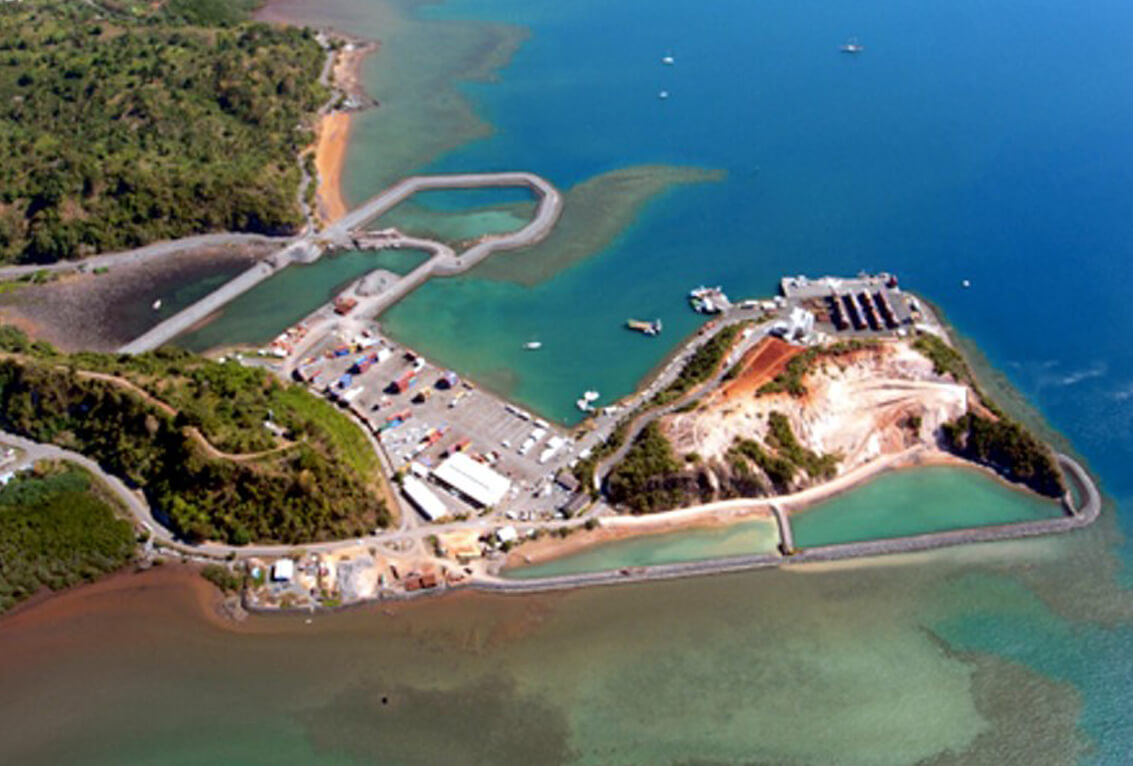
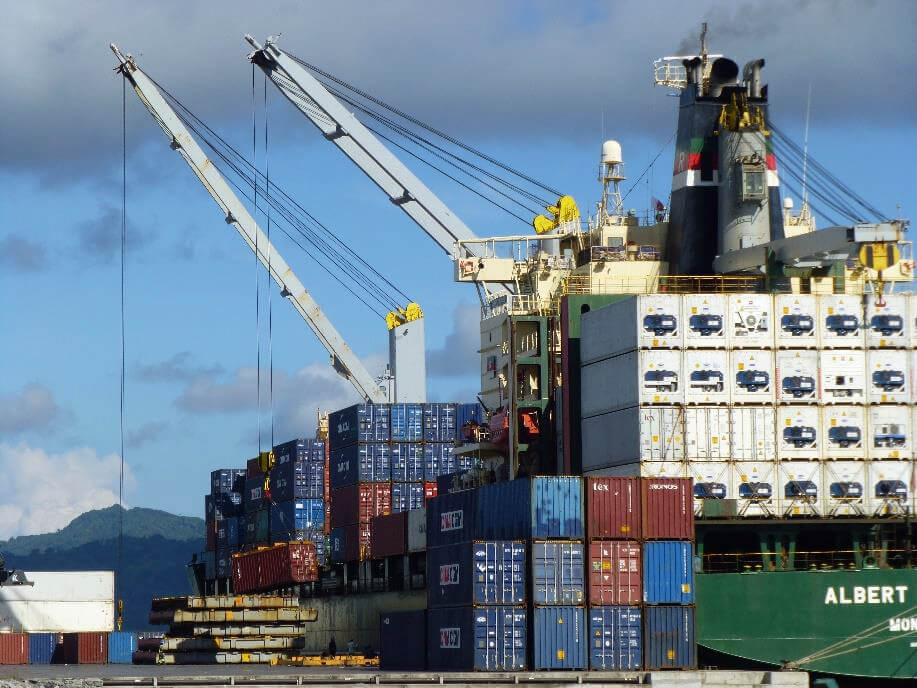
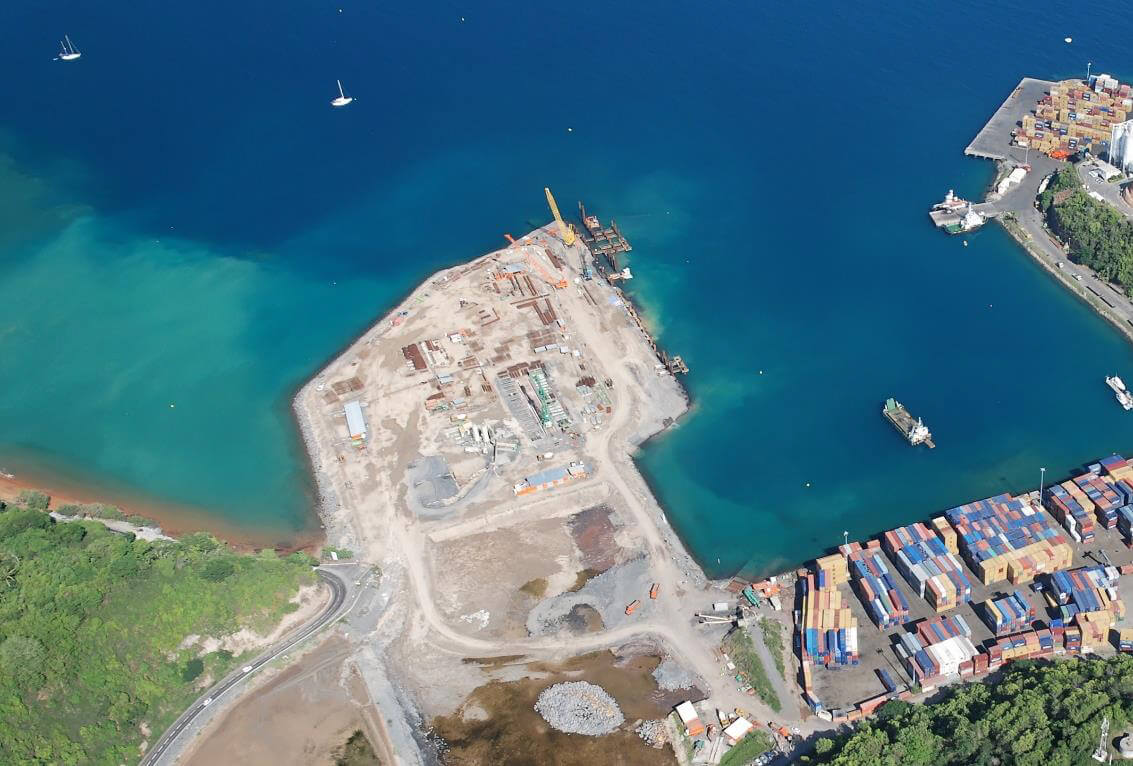
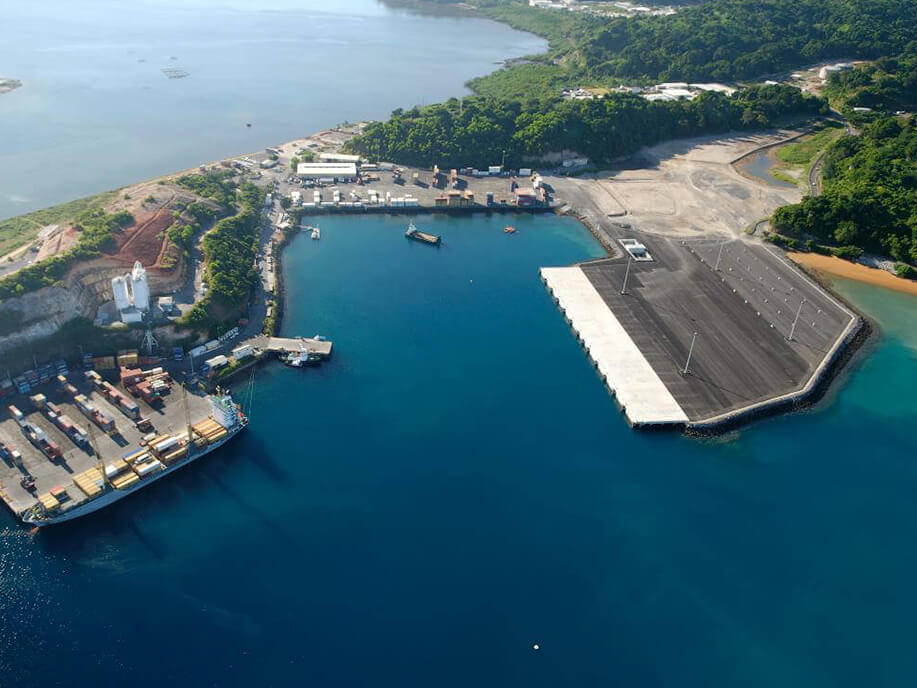
2013
Expansion program
From November 2013, the DSP agreement provides for an ambitious equipment and expansion program under the leadership of MCG. The main handling equipments will arrive 18 months later. A complex period of adaptation to this new generation of tools then began: recruitment, training, worksites, new computer tools, the validity of which will be verified with traffic reaching 1,150,000 tons in 2017.
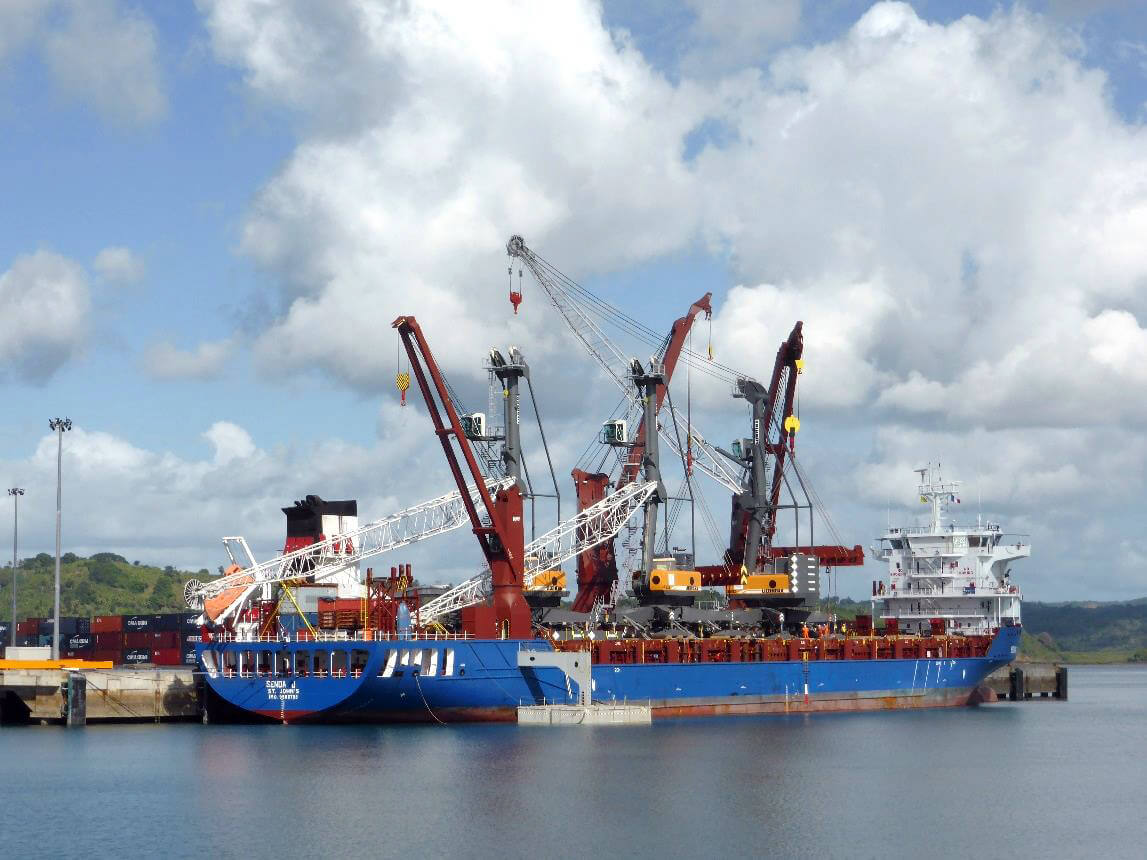
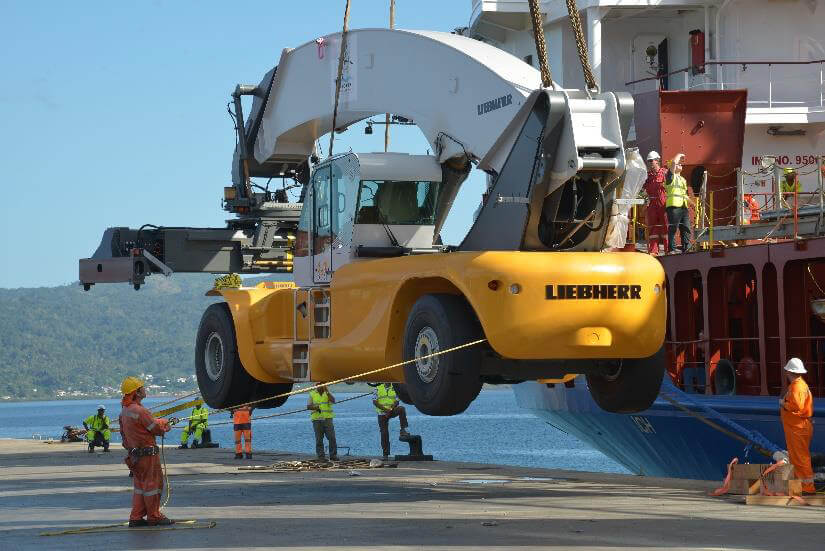
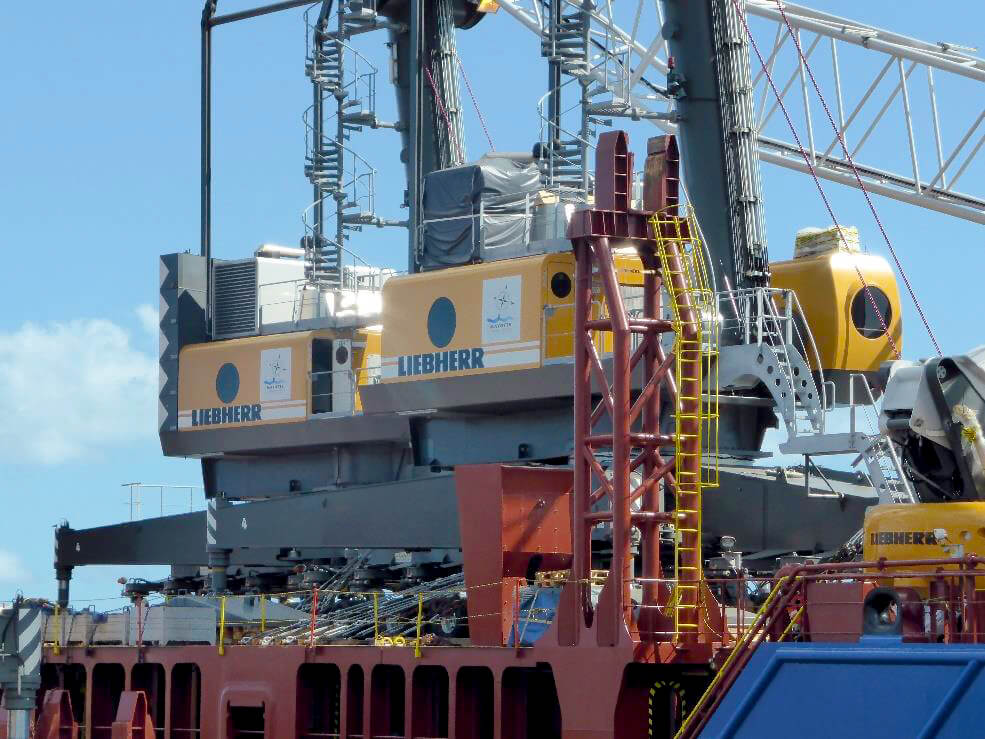
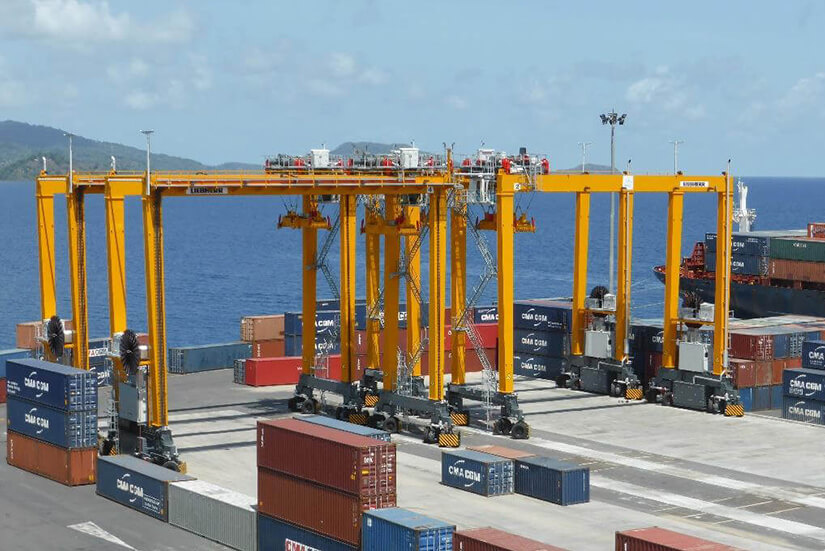

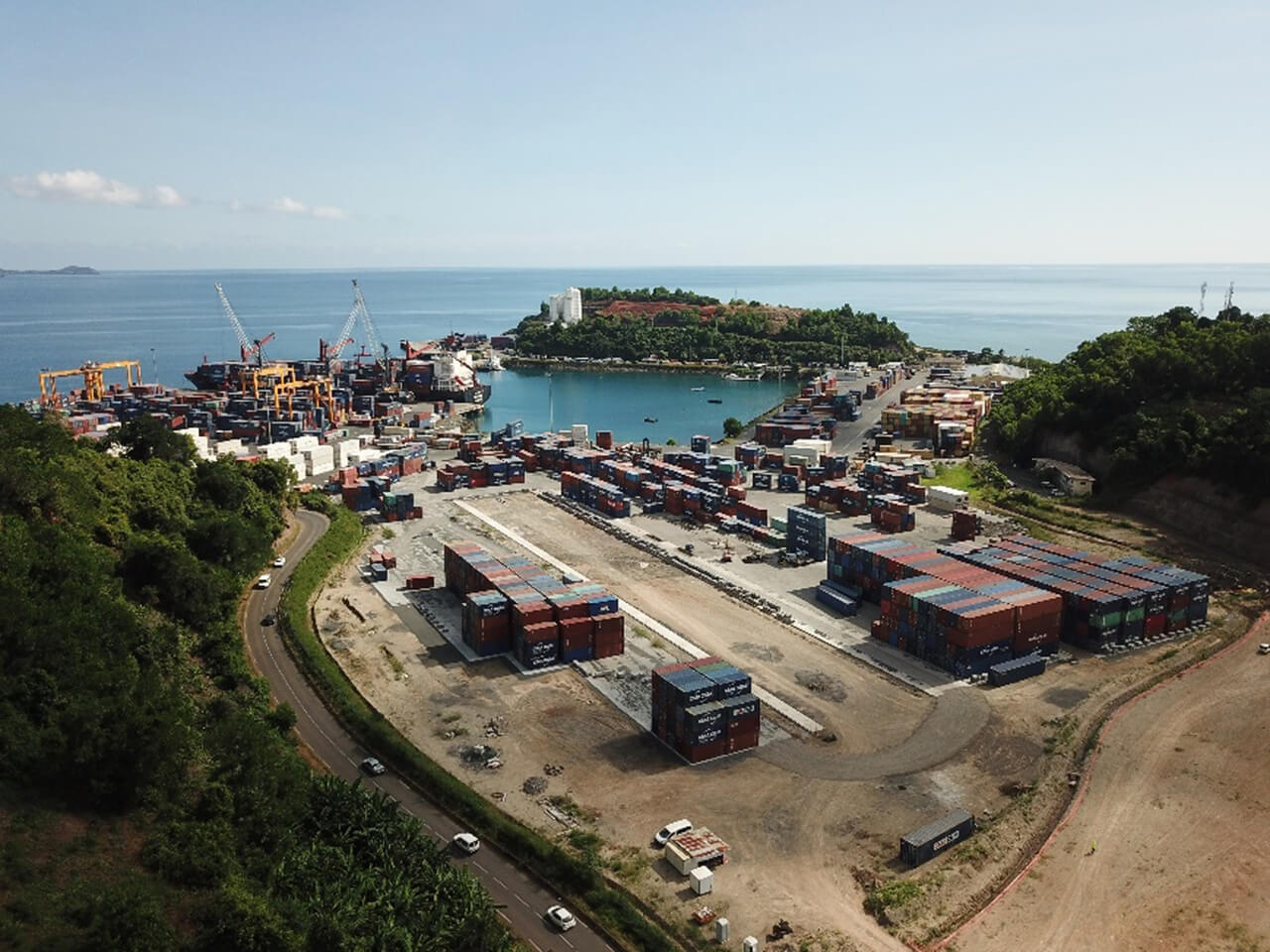
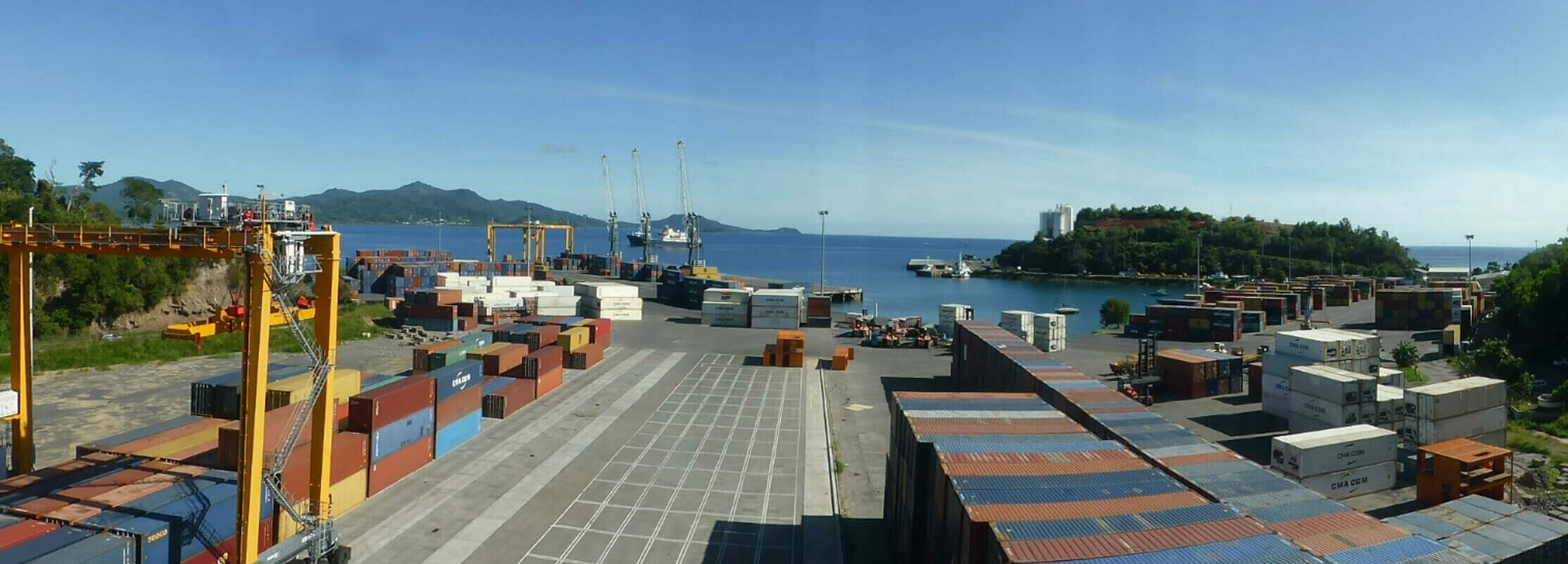
2018
Working methods have changed
In May 2018, ships docked for half the time they did in 2013; working methods have changed profoundly, with transshipment accounting for more than 40% of container traffic. After only two years, this is a sign of the port’s good positioning and its potential in the Mozambique Channel market.
